You are here
Sea
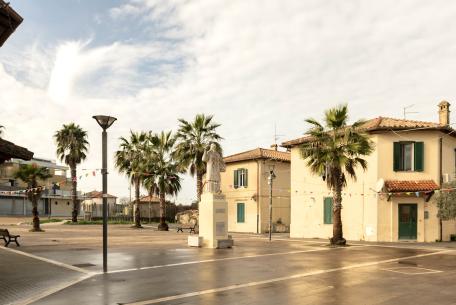
Flavours and ancient traditions in a place where time seems to have stopped
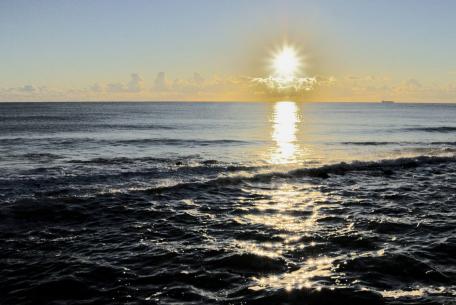
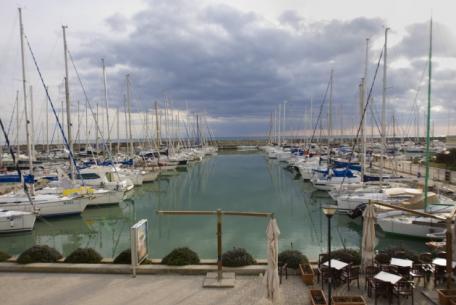
The history of the area as a port city has ancient origins; its sense and significance can be found in relation to the nearby city of Rome.
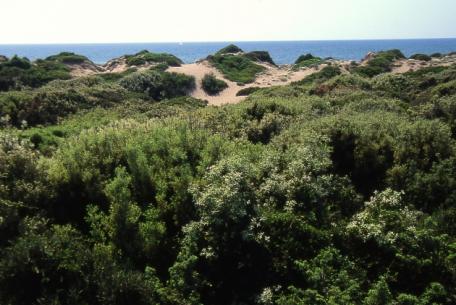
Along the Roman coast we can see the dune ecosystem, rarer and rarer along the coasts of the Italian peninsula.
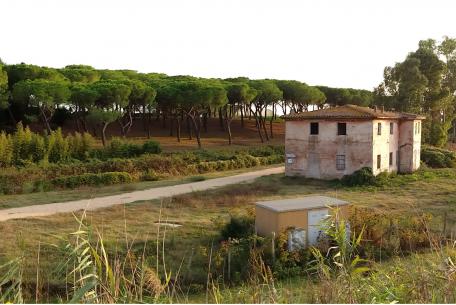
We are in the Natural Reserve of the Roman Coast. The drainage, carried out about a century ago, gave back fertility to these fields, thus restoring their agricultural and pastoral use.
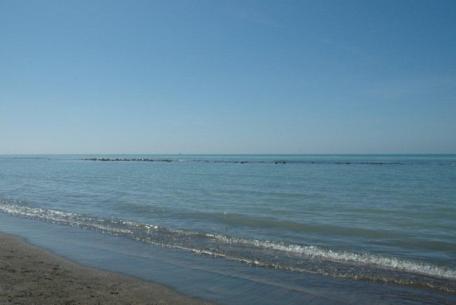
The seaplane base, defined by Pier Paolo Pasolini “a place of feverish newness”, looks like an isolated village and, in some parts, messy, at the mouth of the Tiber, remembered almost exclusively f
[...]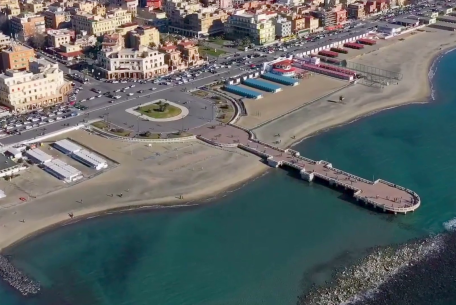
Situated in the heart of Ostia’s oldest and most historic district, a short distance from the city center and the seafront, Piazza dei Ravennati is one of the best known places on
[...]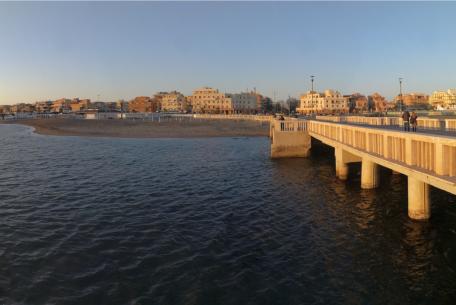
An iconic piece of architecture, suggestively stretching out towards the sea that bathes Rome's lively coastal district, the Ostia pier offers
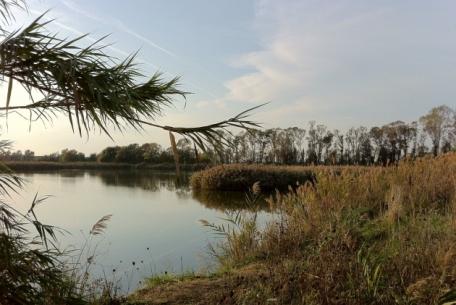
At the end of the ‘70s some national and local associations decided to found the Park of the Roman Coast in order to safeguard and enhance biodiversity in this area, with the moral purpose of oppos
[...]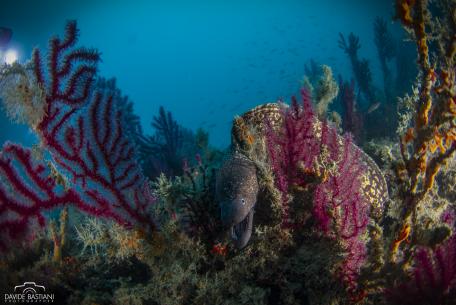
The Shoals of Tor Paterno, located off the Roman coast between Ostia and Torvajanica, consist of a rock formation covered with animal and vegetable organisms that,
[...]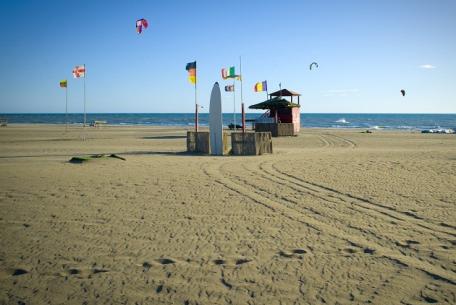
Bathing, a practice that started to spread in the modern age, is the result of the emergence of a new social model.
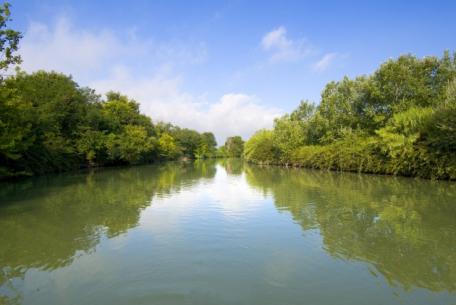
The coast often evokes images related to the sea, sun and fun. Few know the history of the drainage of Ostia.
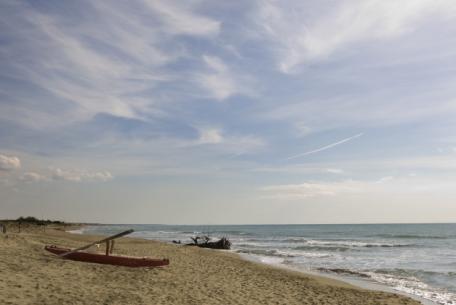
The Presidential Estate of Castelporziano covers an area of about 59 square kilometers (5,892 hectares) and is 24 kilometers from the center of Rome.
The sea has a particular magic that has always fascinated us: walking barefoot on the sand, feeling the warmth of summer on the skin or "breathing" the intense sensations of the sea in Winter, being moved by the sun setting over the water, regenerating in contact with nature.
Rome is a city by the sea. Besides its historical-archaeological heart, the Capital also has a marine soul: Lido di Ostia, long stretches of sand, rationalist and Art Nouveau architecture, in a neighbourhood that is like a small city.











































